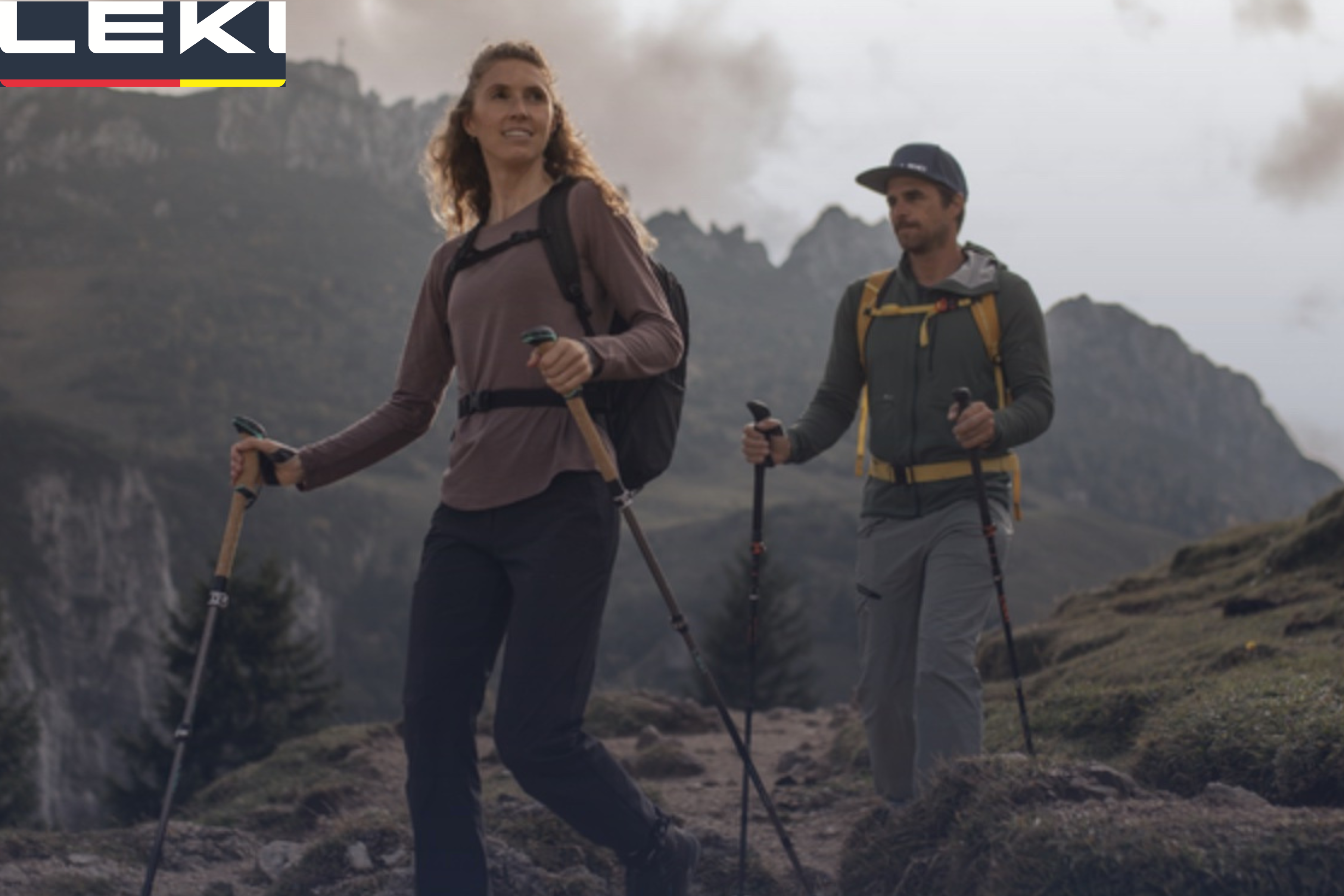We’re nearly half way through the year and I’ve managed to hike a fair few Munro’s, some of them big days out.
It’s fair to say that my 44-year-old body really does feel the after effects of a long hike these days, and I’ve started to think more seriously about getting some trekking poles to help take off the strain.
Walking pole expert James Moorcroft from LEKI has given us this insight in to the brand’s tech-packed range of walking poles, and why, when, and how you should use them.
Why, when and how to use walking poles
LEKI speaks a lot about the importance of poles, and the amazing technologies inside them. But what’s often overlooked is the need to explain why you need the kit in the first place. How can you avoid your walking poles becoming an expensive piece of kit that stays strapped to the outside of your pack?
Why should you use poles?
“The benefits of using poles are numerous. They help prevent injury and improve your stability and posture. You’ll also experience better breathing, less fatigue, more power, and more speed.
“On average, every pole plant sees 20% of your weight taken from your feet and knees, so think how good your legs are going to feel after a day-long hike! Fresh legs equal more time doing the important things such as taking in the scenic views, laughing with your trail buddies, and enjoying a mid-hike snack.”
Hop on the scales and check your weight. Then, do it with your LEKI poles. Watch the numbers tumble. When you push down with normal force, you’ll see the difference a pair of walking poles makes.
When should you be using poles?
“Always! The most important kit to take with you on the hills should elevate your experience – if it impacts your enjoyment and performance, don’t leave it strapped to the outside of your bag. So, to feel the most benefit from your poles, or to really leverage their performance boosts, use them on every available step.
“Stow them away however if you’re moving over potentially dangerous terrain.”
How best to use walking poles?
“Set your poles to the right height, ensuring you have a right angle at the elbow. Place your hand through the strap, so it sits between your hand and the grip. This allows you to push down on the strap with the base of your hand. Now push down firmly and walk. The left-hand pole should hit the ground with your right foot, and vice versa.”
For the average person walking one mile with walking poles, he can expect to reduce the weight impact the equivalent to five elephants from your knees and feet.
You can see some of last year’s poles in our story here or you can go to the LEKI website here.

